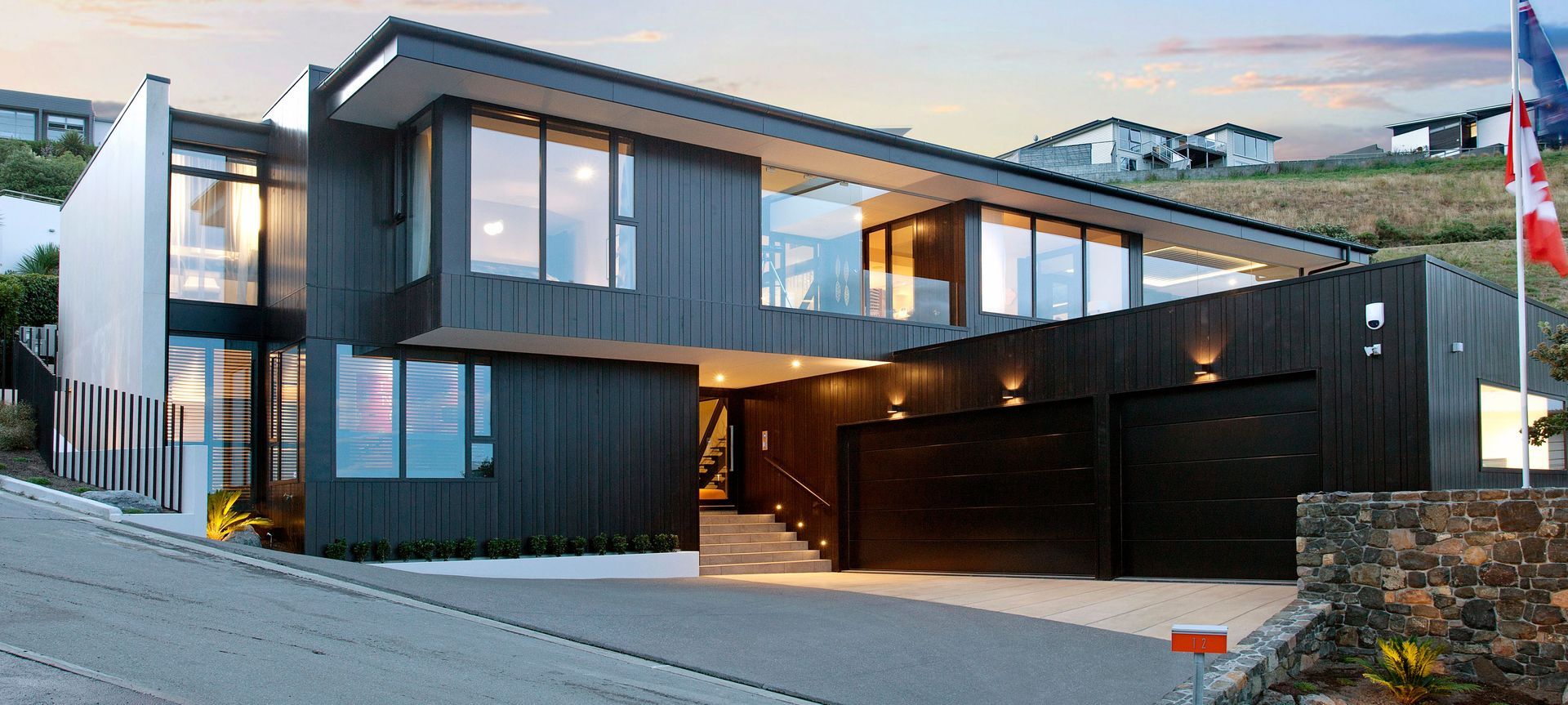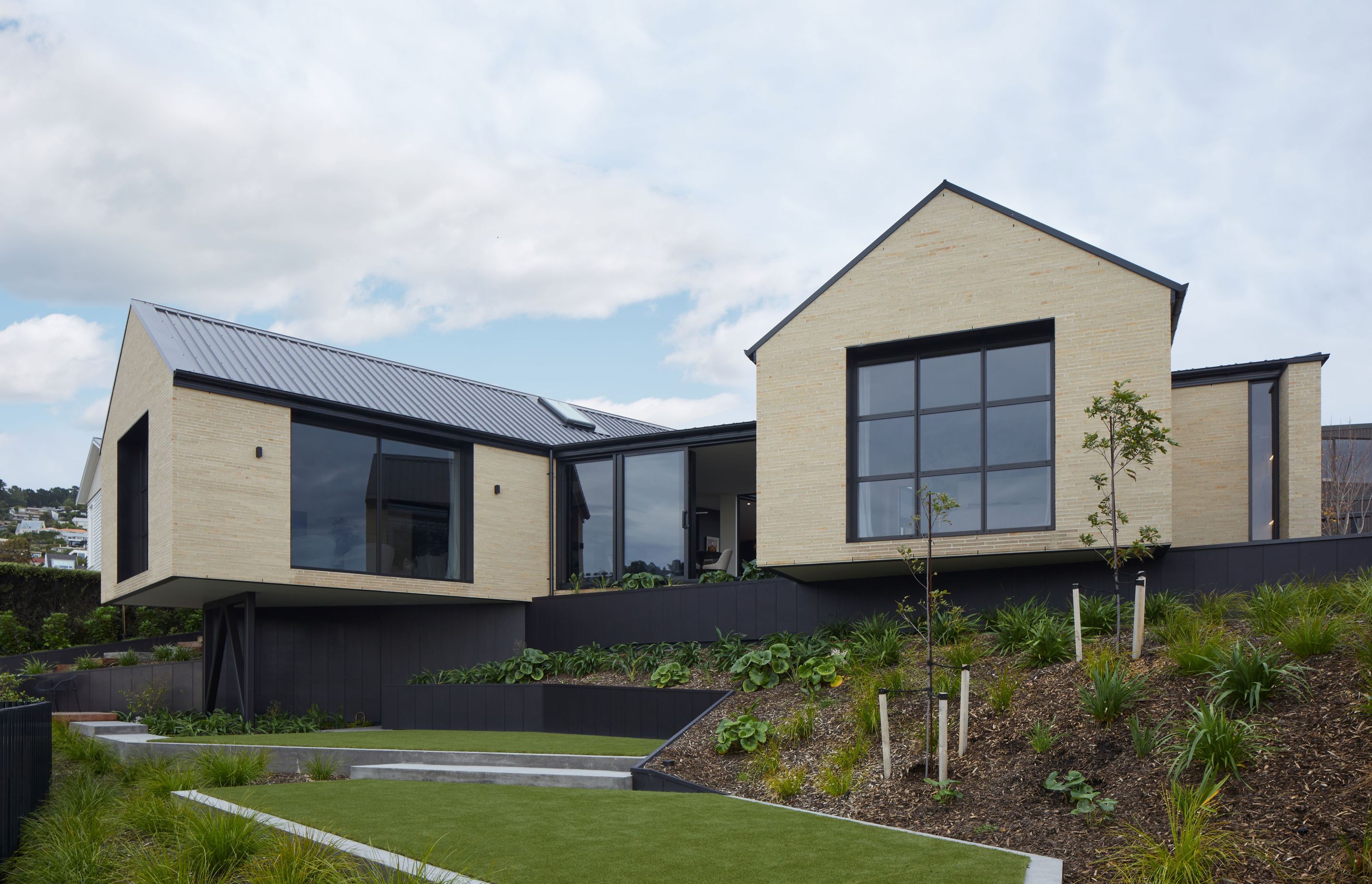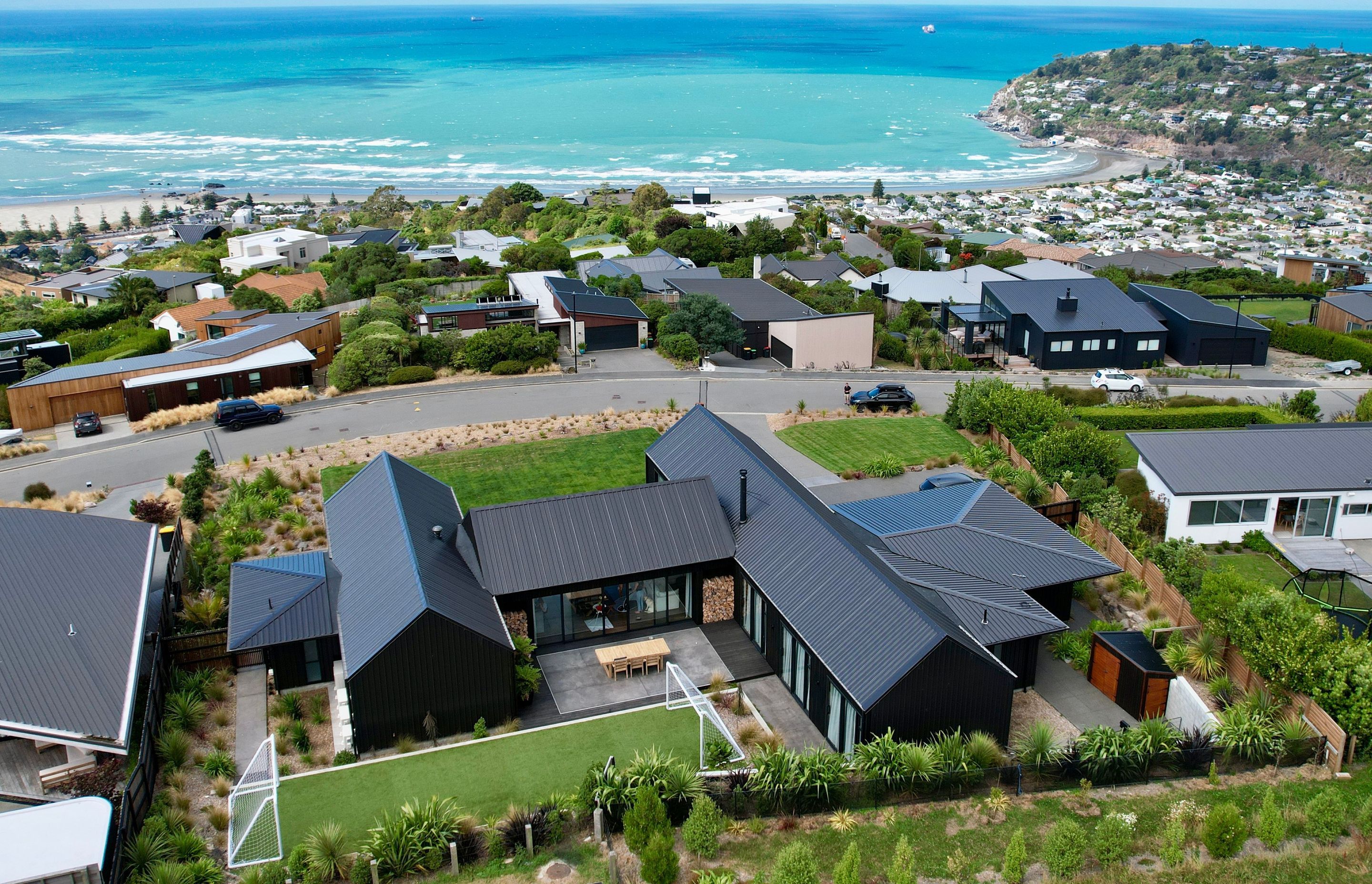Mastering the ascent: a comprehensive guide to building on a hill
Written by
30 January 2024
•
3 min read

A hillside location comes with the reward of breathtaking views but those views can also have an implication on the build budget, due to higher foundation and excavation costs. As such, the beauty of a hillside location must be balanced against the drawbacks, making it imperative to carefully consider the project's overall design and functionality.
Unique challenges of hillside construction: overcoming the climb
The fundamental challenge of building on a hill is self-evident, says DJ Hewitt Builders’ Daryl Hewitt.
“Everything needs to go up or down to the site, which adds time and challenges if the site is steep.”
It’s crucial the design and type of construction of the home considers accessibility for builders, and the logistics of getting materials and machinery on site.
Steep sites also require meticulous site preparation and foundation design. Foundations must be tailored to the specific topography, ensuring stability and longevity in the face of uneven terrain.
“Not all builders have the understanding or the knowledge of building on a hill,” says Hewitt. “Design, and working with the owner earlier in the process always will have the most successful outcome.”

Innovative design solutions: blending beauty & practicality
The choice of building materials and techniques depends on the nature of the hillside—whether it's rocky or clay-based soil. Hewitt highlights the importance of innovative design solutions that enhance both aesthetics and structural integrity. These solutions contribute to creating homes that are not only beautiful but also cost-effective.
“It all depends if you are on rock or clay, but many different building techniques can be used to ensure things are more stunning or cost-effective,” shares Hewitt.
The topography of a hillside site significantly influences decisions regarding drainage, erosion control, and landscaping. Hewitt emphasises the need for thoughtful planning in these areas.
Various foundation types are employed in hillside construction, each tailored to the specific needs of the terrain. The choice of foundation significantly impacts the stability of the structure, ensuring it can withstand the challenges posed by uneven landscapes.


Construction materials & methods
Choosing construction materials and methods involves considering maintenance requirements and ease of access. Hewitt emphasises that this decision is crucial for the long-term durability of the structure.
“Before venturing out to purchase land, speak with a qualified hill builder to understand what can be done and the cost. Building on the hill is more expensive and the land is typically less expensive, but the steeper the site is the higher the build cost will be.”
Drawing from over 25 years of experience, Hewitt says collaboration with the homeowner from the early stages and designing for indoor/outdoor flow (to connect the structure with the land) are key strategies contributing to the success of a hillside build.
“Being able to have outdoor flow is a must to connect you to the land – we have even done a home with wheelchair access and a level drive with a lift so that the homeowner could be directly connected to the land.”
Hewitt warns the most common misconception with building on a steep site is insufficient research and understanding before purchasing land. To mitigate these risks, he advises those looking at building on a hill to consult with qualified and experienced hill builders to understand the possibilities and costs associated with building on a hill.
Building on a hill demands a nuanced approach that takes into account the unique challenges and opportunities presented by the terrain. Expert advice, thoughtful planning, and innovative design solutions are the pillars that support successful hillside construction, ensuring that the ascent is not just navigated but mastered.
Explore stunning projects completed by DJ Hewitt Builders
